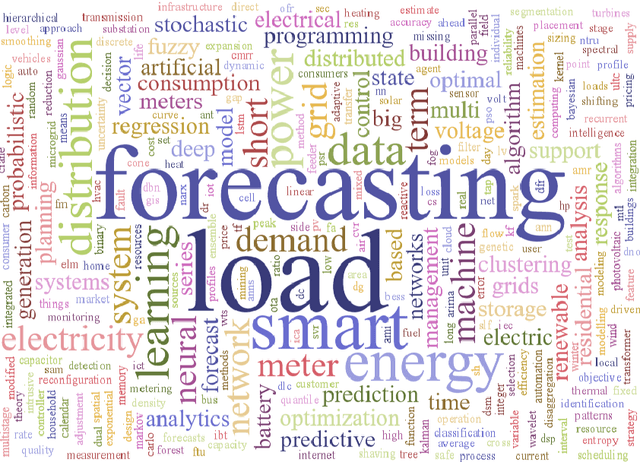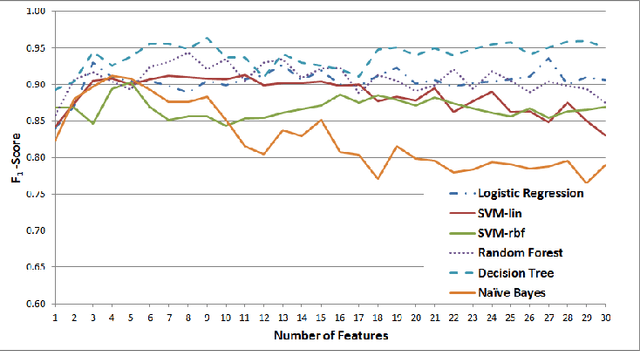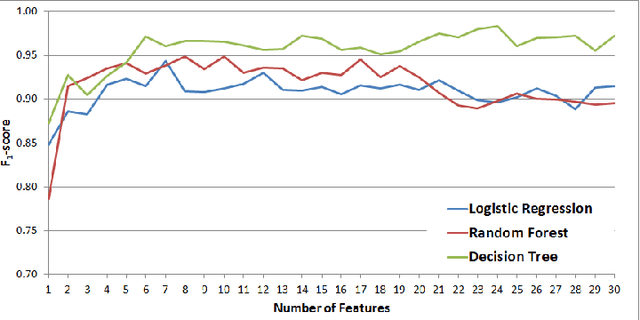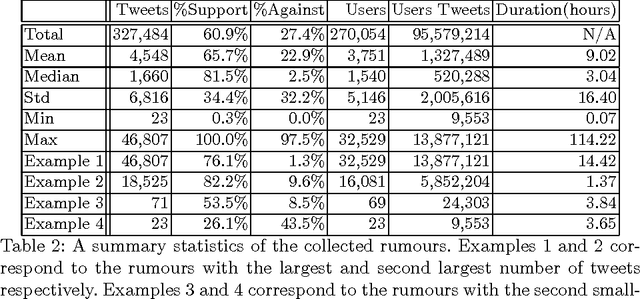Danica Vukadinovic Greetham
Review of Low-Voltage Load Forecasting: Methods, Applications, and Recommendations
May 30, 2021


Abstract:The increased digitalisation and monitoring of the energy system opens up numerous opportunities % and solutions which can help to decarbonise the energy system. Applications on low voltage (LV), localised networks, such as community energy markets and smart storage will facilitate decarbonisation, but they will require advanced control and management. Reliable forecasting will be a necessary component of many of these systems to anticipate key features and uncertainties. Despite this urgent need, there has not yet been an extensive investigation into the current state-of-the-art of low voltage level forecasts, other than at the smart meter level. This paper aims to provide a comprehensive overview of the landscape, current approaches, core applications, challenges and recommendations. Another aim of this paper is to facilitate the continued improvement and advancement in this area. To this end, the paper also surveys some of the most relevant and promising trends. It establishes an open, community-driven list of the known LV level open datasets to encourage further research and development.
Determining the Veracity of Rumours on Twitter
Nov 19, 2016



Abstract:While social networks can provide an ideal platform for up-to-date information from individuals across the world, it has also proved to be a place where rumours fester and accidental or deliberate misinformation often emerges. In this article, we aim to support the task of making sense from social media data, and specifically, seek to build an autonomous message-classifier that filters relevant and trustworthy information from Twitter. For our work, we collected about 100 million public tweets, including users' past tweets, from which we identified 72 rumours (41 true, 31 false). We considered over 80 trustworthiness measures including the authors' profile and past behaviour, the social network connections (graphs), and the content of tweets themselves. We ran modern machine-learning classifiers over those measures to produce trustworthiness scores at various time windows from the outbreak of the rumour. Such time-windows were key as they allowed useful insight into the progression of the rumours. From our findings, we identified that our model was significantly more accurate than similar studies in the literature. We also identified critical attributes of the data that give rise to the trustworthiness scores assigned. Finally we developed a software demonstration that provides a visual user interface to allow the user to examine the analysis.
* 21 pages, 6 figures, 2 tables
 Add to Chrome
Add to Chrome Add to Firefox
Add to Firefox Add to Edge
Add to Edge